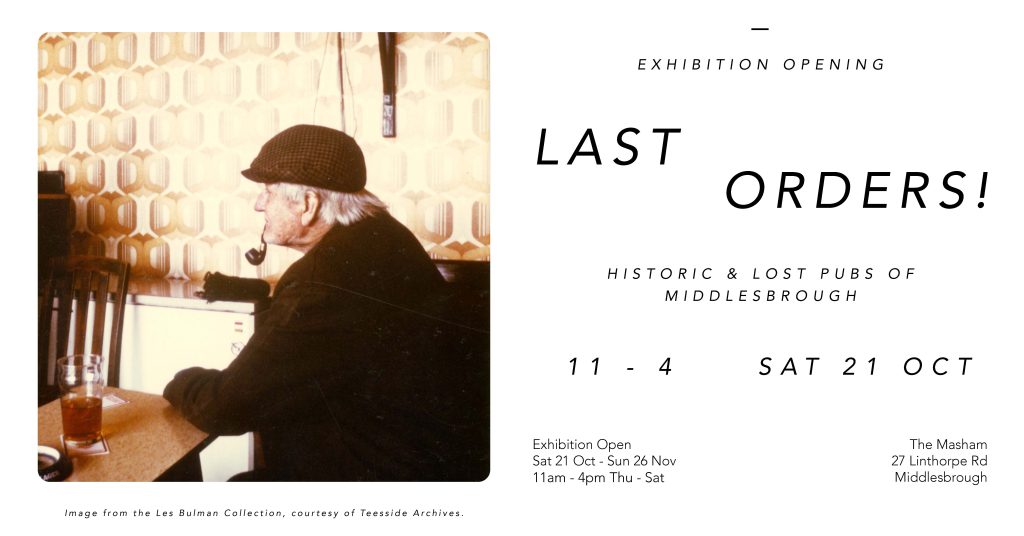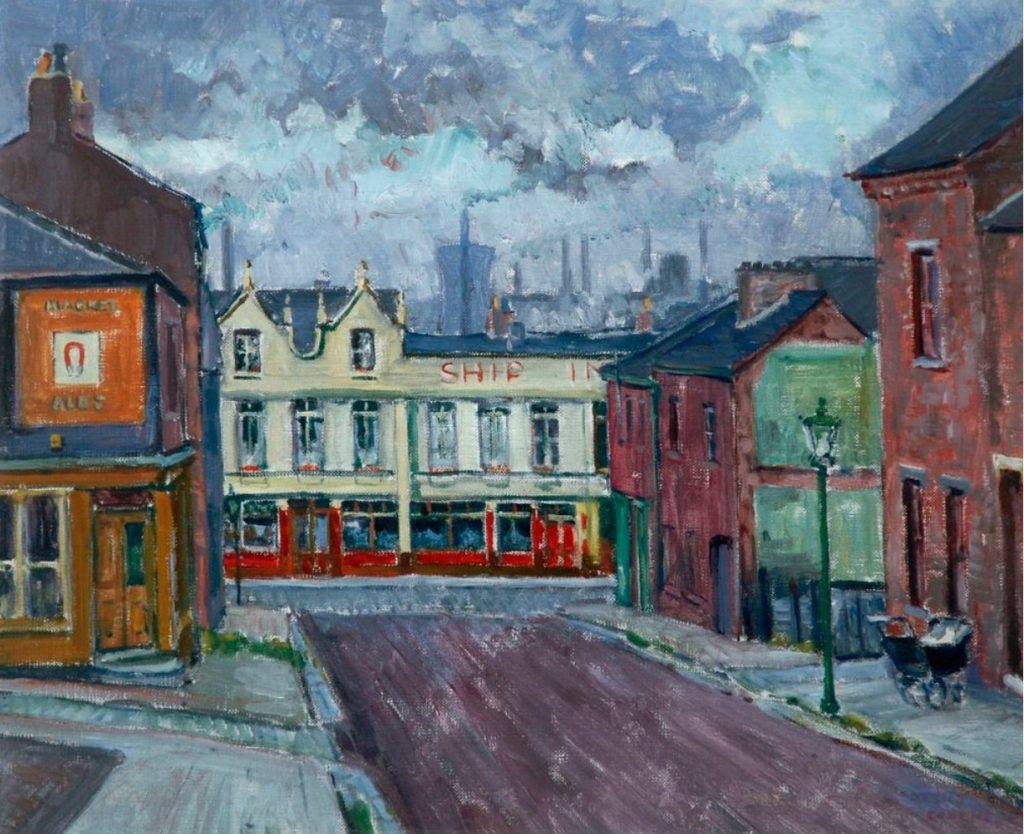
All over the world, “Pubs”, especially ones in local communities have some un-instituted communal purposes that form part of the daily lives of the people around them, creating an unofficial nucleus position for these people who live close to them. These pubs provide food and drinks – especially alcohol, games, a place for relaxation and conversation, a meeting place for friends and acquaintances, the first ports of call to visitors and more, which all sum up to people’s collective place of comfort. The word “Pub” is short for Public House – a euro-modern term- meaning a drinking establishment licensed to serve alcohol. These drinking establishments are known as different things in different places of the world, and while they serve a similar purpose of being social drinking establishments, they may or may not be “officially” licensed to serve alcohol and their atmosphere, foods, and drinks can vary. They are called beer parlours in general Nigerian expression, bars or taverns in the USA, bistros in France, and izakayas in Japan.
Social drinking with pub-related activities is a favourite pastime in Middlesbrough, seemingly more so in early Middlesbrough as it had more than a hundred pubs serving it many years ago, with a lot less population than now. The elderly remember some of them fondly and are willing to tell stories about them. Stories circling about their favourite times spent in pubs are remembered with nostalgia. There are people who have gone to great lengths to record and preserve the memories of these pubs for posterity or simply for their own enjoyment. There is extensive research and photo collection of Pubs in Middlesbrough by Les Bulman which is with the Teesside Archives, and there are others who have made paintings, etchings, photographs, and written records of Pubs in Middlesbrough. We will explore these artworks inspired by pubs in Middlesbrough here.
Kenneth Cozens’ oil painting – The Ship Inn (above)
The Ship Inn is known as being the oldest pub in town, established in 1831. It has been recalled with nostalgia how some shipmen and other workmen used to collect their wages at the Inn. On 29th April 1988, it was listed as a Grade II building, for its special architectural/historic interest. The Middlehaven (Former Ship Inn) closed in April 2012 following a fire & subsequent vandalism.
The Guisborough-born artist Kenneth Cozens made a painting of the “Ship Inn”, depicting a street view of the inn. It is an oil painting on board with measurements of 30 x 50 cm, housed at the Middlesbrough Institute of Modern Art – MIMA, and purchased with the assistance of the Art Loan Scheme, 1955. Now on loan to this exhibition. It is not known exactly when this painting was made. The artist was however interested in paintings of structures/architectures in the area, which have interesting stories woven into the history of Middlesbrough.
Cozens (1920-2000) was mainly self-taught and took up painting after serving with the Royal Air Force from 1940 to 19462. He was a live-in curator of the Middlesbrough Art Gallery, using the flat above the gallery for the dual purposes of studio space and living accommodation. He held his first one-man exhibition at the gallery in 1955. His work has been offered at auction multiple times. Cozens’ artworks are housed in several venues, including the Middlesbrough Institute of Modern Art (MIMA) and The James Cook University Hospital.
Some of his notable works include “An Experience, a Man Alone on a Beach”, “New Furnace, Cargo Fleet”, “Mrs. M. Harrison”, “Dying Sunflower”, “The ‘Ship Inn’, Middlesbrough, Tees Valley”, and “Coke Ovens, Cargo Fleet”, five of which are housed in the Middlesbrough Institute of Modern Art.

Dennis Watling’s etching – Star and Garter (above)
Dennis Watling is an artist based in Teesside and has his works accessioned by MIMA in the Middlesbrough Collection. His ink-on-paper etching of the Star and Garter shows the complete building of the old, demolished pub in its former glory. The artist died on the 24th of October 2022 a few days after his 92nd birthday. The Star and Garter pub was said to have offered real ales, great food, and service.

Emma Bennett’s painting – The Masham (above)
The Masham Hotel dates to Victorian Middlesbrough and was originally opened as The Albion House in 1864, then became The Masham in 1871. Taking a walk on Linthorpe Road in the centre of Middlesbrough, the green mosaic exterior designed by Middlesbrough’s Lee and Kitching cannot be missed as it stands out unique among other more commercial-type building exteriors lining the road. It is now a Grade II listed building on the England National Heritage List and has stopped being a pub since 1995.
It presently Houses Navigator North, a non-profit artist-led organisation whose purpose is to support artists with affordable studio spaces and exhibitions intended to raise their profiles in the community and beyond. Currently, there is an exhibition going on at Navigator North, titled Last Orders focused on celebrating the Middlesbrough lost pubs. This exhibition is largely dependent of the research and photo collections of Les Bulman, a local who was passionate about documenting the life of Middlesbrough pubs. The building is still fondly remembered as The Masham among the locals who knew it in its heyday. In its life span as a pub, The Masham hosted the locals and many of their events. It is said to have hosted the Middlesbrough FC fans and players celebrating FA Amateur Cup success in 1983.
The fond attachment to this and its social status, as well as the desire to pay homage to this historical structure are possibly the reasons Navigator North, the current occupiers of the Masham commissioned a mural of the building within its space in March 2022. The artist, Emma Bennet employed a vibrant colour palette on this mural as her response to the unique façade.
Blog post in response to the Last Orders! Middlesbrough’s Historic & Lost Pubs exhibition at The Masham. Written by Chioma Edoga, during an internship from Teesside University with Navigator North to understand the curatorial environment.

